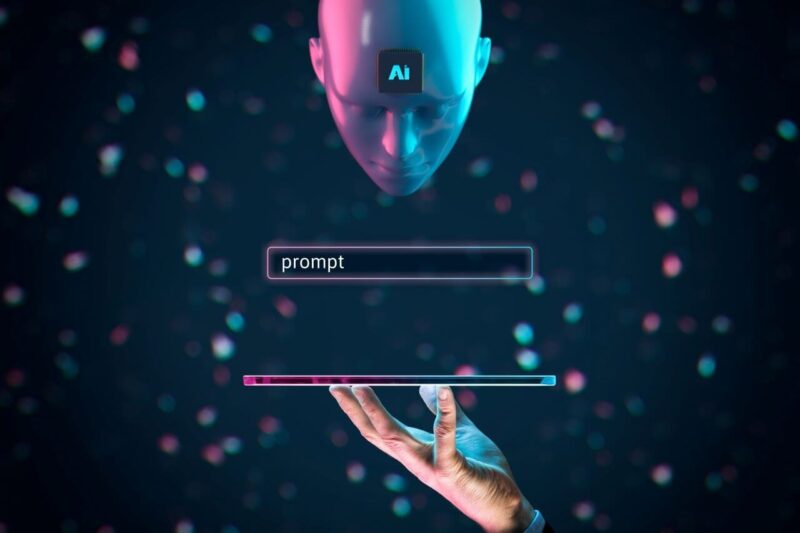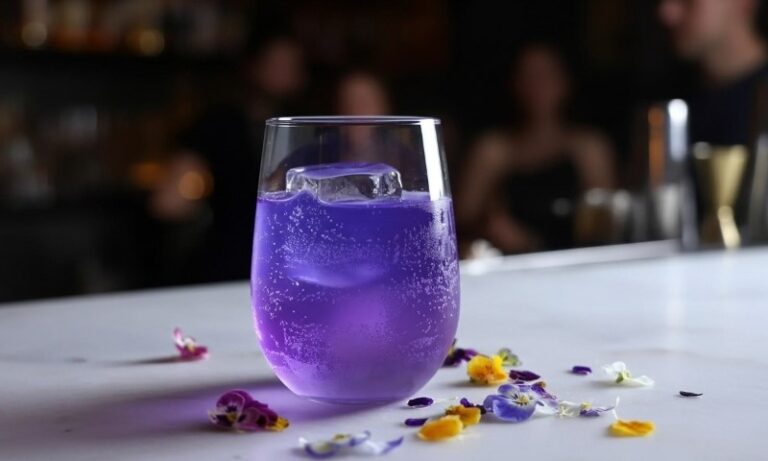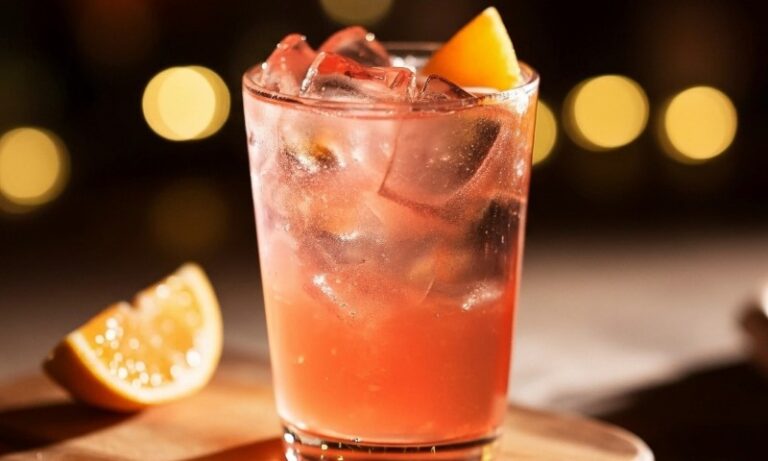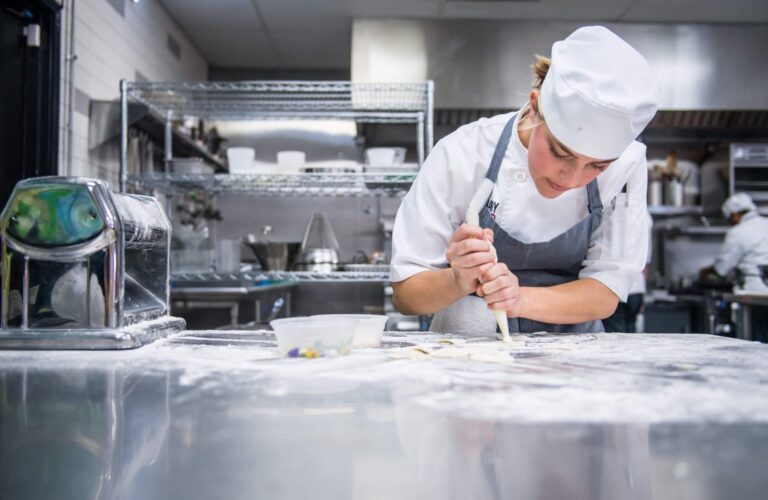There’s a difference between a cocktail recipe and a cocktail story. One gives you ingredients and ratios.
The other makes you feel like you’re sitting at the bar, watching the lime twist drop into the glass, listening to the soft clink of ice and the faint hum of conversation behind it.
That’s what separates an ordinary blog post from a memorable one: it’s not just about how a drink tastes, but how it feels to create and share it.
Readers don’t visit a cocktail blog only to learn measurements; they come for inspiration, for the stories that unfold behind the shaker. They want to sense the personality of the person mixing the drink.
That’s why authentic writing has always been the real garnish on any recipe. It’s the element that keeps your content from feeling formulaic, even when you’re describing the most familiar cocktails.
Table of Contents
ToggleFinding Your Voice as a Cocktail Blogger

Every bartender or home mixologist has a signature style, a rhythm behind the bar, a favorite garnish, or a particular way of telling a story. That same rhythm should flow through your writing.
When you describe how you once overshot a daiquiri or how a guest’s comment inspired a new twist on an Old Fashioned, you invite readers into your world.
The best posts make readers feel like they’re part of that shared moment, tasting what you tasted and seeing what you saw.
Authenticity starts with honesty. Instead of polishing every sentence until it sounds perfect, let your imperfections breathe.
Describe the smell of burnt sugar when you caramelized syrup too long or the way your hand trembled slightly the first time you mixed drinks for a crowd.
Writing That Lets Readers Taste the Drink
When you write about cocktails, you’re translating flavor into language. That takes a sensory kind of storytelling. A Margarita isn’t just tart; it’s a quick flash of sunlight on the tongue.
A Manhattan isn’t just smooth; it’s slow, dark, and patient, like the end of a winter night. If you can make readers taste a drink before they’ve made it, you’ve done your job.
AI might be able to list ingredients, but it cannot recall how mezcal smells after being poured or how mint feels when you bruise it between your fingers. That knowledge that intimacy only comes from experience, and experience is what readers trust.
How AI Fits Into the Creative Process

The arrival of AI in content creation has changed how writers work, but it hasn’t changed why they write. In cocktail blogging, AI can help generate outlines, refine grammar, or analyze which drinks are trending online.
These tools can save time, especially when you’re trying to balance creative energy with SEO demands. But technology should never replace your perspective.
The story behind each cocktail, the lessons you’ve learned, and the memories you pour into your writing, those are yours alone.
When used wisely, AI can act as a quiet assistant behind the bar. You might ask it for title ideas or to check if your article flows well. Then you take over, seasoning the piece with your experiences and sense of taste.
It’s a partnership, not a substitution. The rhythm of good writing still depends on human intuition.
Checking for Originality Before You Hit Publish
In a time when AI tools can generate thousands of words in seconds, ensuring your voice remains unique is more important than ever.
Many bloggers now verify their drafts with tools like AI checker to confirm that their content reflects genuine, human storytelling.
Using an AI checker is like quality control for your words; it reassures readers that your stories are real and rooted in experience.
It also helps maintain credibility with search engines that increasingly prioritize originality and human touch.
Making Readers Feel the Story Behind the Shaker
Every cocktail has a story, and the best ones come from lived moments. Think about the first time you learned to balance sweet and sour, or the time you improvised with what you had behind the bar and accidentally created a hit with your friends.
These are the moments readers want to see. The more vividly you share them, the more trustworthy your content becomes.
When you describe the effort of making the perfect foam on a sour, or how the scent of burnt rosemary changed the mood of a drink, you’re giving readers something AI never could: presence. You’re putting them right there beside you.
The texture of authenticity comes from the writer’s willingness to share not just what worked but what didn’t. That’s how you turn an ordinary recipe into a conversation between bartender and reader.
The Balance Between Technique and Personality

Cocktail writing, much like bartending, is a blend of precision and intuition. Technique matters ratios, timing, glassware, but personality makes the experience memorable.
The balance you find between describing the craft and expressing your own perspective is what defines your blog’s voice.
It’s what makes readers say, “This sounds like them,” just as guests recognize your shake across a crowded bar.
Keeping the Craft Human in a Digital World
We’re living in a time when anyone can publish a thousand recipes with the help of AI, but few can write about cocktails with soul.
Technology might streamline the process, but it cannot invent the feeling of watching condensation form on a coupe glass after the first pour.
At that moment, the pause between creation and enjoyment is what defines the spirit of authentic cocktail writing.
As you experiment with new tools, remember that they’re just another piece of bar equipment. Use them to refine your craft, not to replace it.
The future of cocktail blogging belongs to those who mix creativity with care, who let AI handle the background noise while they focus on flavor, story, and connection.
The Final Stir
The best cocktail posts will always come from real experiences — the nights spent behind the bar, the mistakes, the improvisations, and the laughter that fills the spaces between pours.
AI might help shape the text, but it can’t replicate the warmth of those stories.
Authenticity, much like the perfect balance of a well-made drink, takes practice, intuition, and a touch of personal flair. So shake your words with intention, strain out the unnecessary, and serve something your readers can truly savor.







